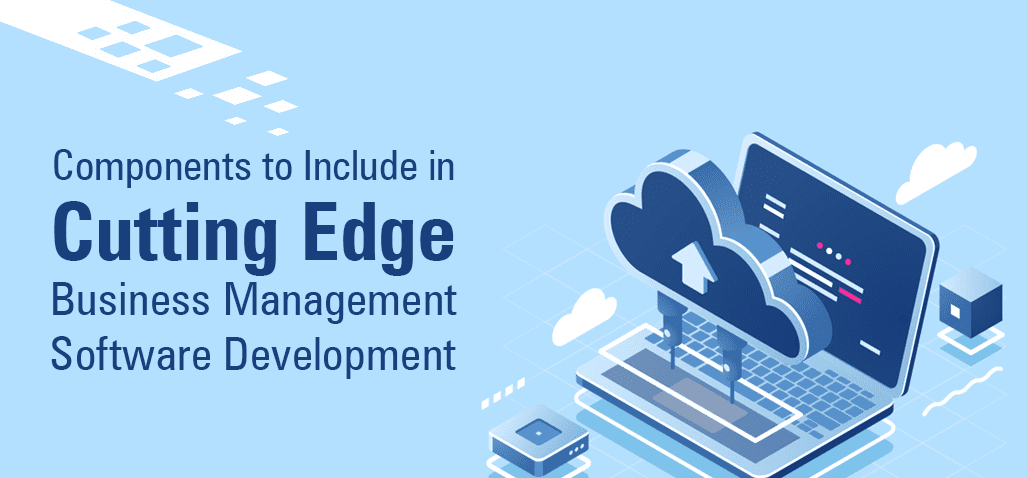The field of software development is constantly evolving, driven by advancements in technology, changing market demands, and innovative methodologies. Cutting-edge services in software development focus on leveraging the latest tools, frameworks, and practices to deliver high-quality, scalable, and efficient software solutions.
Here’s an in-depth look at these services:
1. Artificial Intelligence and Machine Learning Integration
AI and ML are transforming software development by enabling applications to learn from data, make predictions, and automate decision-making processes.
AI-Powered Applications: Developing software that incorporates AI capabilities, such as natural language processing (NLP), computer vision, and predictive analytics.
Machine Learning Models: Creating and integrating ML models that can improve over time based on user interactions and data patterns.
2. Cloud Computing and DevOps
Cloud computing and DevOps practices are essential for modern software development, offering scalable infrastructure and streamlined deployment processes.
Cloud Services: Utilizing platforms like AWS, Azure, and Google Cloud to host applications, providing scalability, flexibility, and reduced operational costs.
DevOps Practices: Implementing continuous integration and continuous deployment (CI/CD) pipelines to automate testing, building, and deployment, ensuring rapid and reliable software delivery.
3. Microservices Architecture
Microservices architecture involves breaking down applications into smaller, independent services that can be developed, deployed, and scaled independently.
Service-Oriented Architecture: Designing applications as a collection of loosely coupled services that communicate through APIs.
Scalability and Flexibility: Allowing individual services to be scaled based on demand and enabling more flexible and faster development cycles.
4. Blockchain Technology
Blockchain offers secure, transparent, and decentralized solutions, revolutionizing industries like finance, supply chain, and healthcare.
Smart Contracts: Developing self-executing contracts with the terms of the agreement directly written into code, ensuring trust and transparency.
Decentralized Applications (DApps): Building applications that run on a blockchain network, providing security and eliminating single points of failure.
5. Internet of Things (IoT)
IoT connects physical devices to the internet, enabling data collection and interaction with the digital world.
IoT Solutions: Developing software that integrates with IoT devices, facilitating data collection, remote monitoring, and control.
Edge Computing: Processing data closer to where it is generated to reduce latency and improve response times.
6. Augmented Reality (AR) and Virtual Reality (VR)
AR and VR technologies create immersive experiences for users, widely used in gaming, training, and simulation.
AR Applications: Developing applications that overlay digital information on the real world, enhancing user interaction and experience.
VR Experiences: Creating virtual environments for various purposes, such as education, entertainment, and remote collaboration.
7. Cybersecurity Solutions
With the increasing number of cyber threats, robust cybersecurity measures are essential in software development.
Secure Coding Practices: Implementing security best practices during the development process to prevent vulnerabilities.
Advanced Threat Detection: Using AI and ML to detect and respond to threats in real-time, protecting applications and data.
8. Low-Code and No-Code Platforms
These platforms enable faster development by allowing users to build applications with minimal hand-coding.
Low-Code Development: Using visual interfaces and pre-built modules to create applications, reducing development time and complexity.
No-Code Solutions: Empowering non-developers to build and customize applications using drag-and-drop tools, democratizing software development.
Cutting-edge services in software development are reshaping the way applications are built, deployed, and maintained. By embracing these advanced technologies and methodologies, businesses can enhance their agility, improve performance, and stay competitive in a rapidly changing digital landscape.- Cutting-edge
